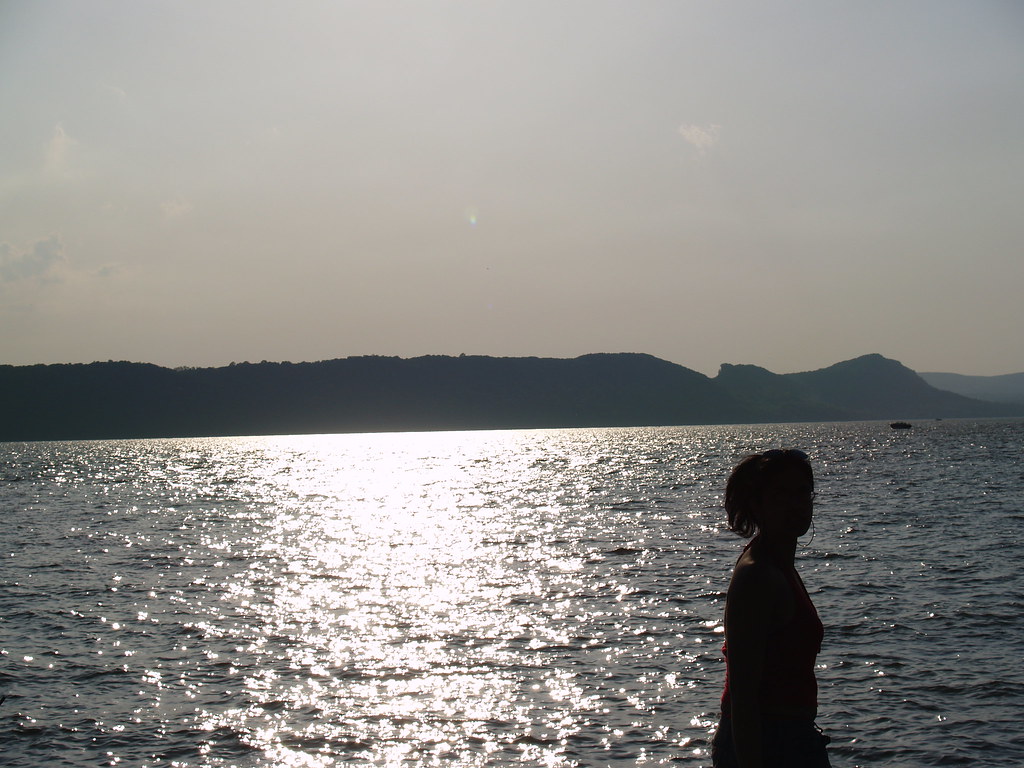 The New Domino. © Rafael Vinoly Architects PC.I now hold two newspaper-related jobs: my job at the
The New Domino. © Rafael Vinoly Architects PC.I now hold two newspaper-related jobs: my job at the Brooklyn Rail
as a layout editor/writer/photographer/all-round favorite person, and now, thanks to my friend Kevin, a new job at the Greenpoint Gazette
, as a reporter, and layout editor as well.So here's my first published piece:
Earlier last week, the Community Preservation Corporation (CPC) released new plans for the New Domino, the site of the former Domino Sugar Refinery, in Williamsburg. The plans were presented to the Landmarks Preservation Commission (LPC) and Community Board 1 (CB1) on Tuesday, February 6 for their approval. The groups failed to come to a final vote.
The New Domino is being designed by architecture firm Beyer Blinder Belle. They have previously worked on the Coney Island Strategic Plan and worked with Atelier Jean Nouvel on the D.U.M.B.O. Waterfront Project.
The designs for the New Domino include retail on the ground floor, which will hopefully include a grocery store. The second and third floors will contain community facilities. There will be parking in the basement and the remaining floors will be reserved for mixed-income housing.
The newly designed features of the changes is the five-story glass-covered addition to the main building. "In order to have the entire site blend together in a contextual way," explained Richard Edmond, Senior Vice President of Beyer Blinder Belle's PR firm, "we're adding the glass to the refinery. By the same token, the towers are being made to look like the refinery."
Surrounding the former refinery will be four towers, two at 40 stories tall and two at 30 stories. These buildings will be designed by Rafal Vinoly Architects. Of the available 2,200 units, 660 will be allotted for affordable housing. Those units will be distributed through two lotteries: half reserved for those residing within CB1's region and the other half for the city. If the plans are approved, the affordable housing would be built first, with the glass additions financing that construction. According to Edmond, the New Domino will offer 30 percent more affordable housing than is required everywhere else in New York.
Although the Domino Sugar Refinery was designated as a New York City Landmark in September, 2007, plans to redevelop the area were already in place. The Refinery, built in 1884, was also deemed part of Brooklyn's endangered waterfront back in June, 2007 by the National Trust for Historic Preservation.
During Tuesday's meeting, Robert Tierney, chair of LPC, said the factory "celebrates a time when industrial Brooklyn was kind and Domino was its crown."
The landmark status, however, fuels the ongoing debate to preserve the factory as much as possible. The most noticeable missing element in the presented designs was the yellow Domino Sugar sign. The sign wasn't included under the preservation plan, but various groups insist on saving it.
The LPC was unhappy about the missing sign, according to Gerald Esposito, CB1's District Manager.
Esposito believes the sign should be saved and integrated into the facade of the building. It loses its status as a landmark if it is set up along the East River like the Pepsi-Cola sign, another proposed solution.
"The sign is more historic than anything else in the factory," Esposito said. "I remember riding the train over the Williamsburg Bridge and seeing it."
In response, Edmonds said, "We have not come right out to say we're going to save it, but we want to. However, there are a lot of engineering complexities involved."
The glass additions were another point of discontent. Simeon Bankoff, Executive Director of the Historic Districts Council (HDC), challenges Beyer Blinder Belle's and CPC's claim that the glass additions must be built in order to fund and build affordable housing first. Bankoff said, on HDC's blog, that rents from the luxury apartments and retail spaces would be more than enough to finance the affordable housing. She referred to the glass additions as "inappropriate on top of a landmark building."
Like Bankoff, LPC and others who oppose the new designs, Esposito is also displeased with the glass additions. Because some buildings around the factory are being destroyed and the factory itself gutted, he suggests reusing those bricks in the design of the addition. That way, the area would preserve its industrial look.
Esposito also finds the entire housing developments "overly ambitious. The developers are providing a lot of housing in an area devoid of services--no hospitals, no grocery stores." He continued, "They're just building houses, houses, houses under the guise of affordability."
Vinoly Architects' proposed plans for the surrounding area include a 1,300-foot long esplanade, which is reminiscent of the Battery Park City waterfront. In the center will be a three-fourth acre park and there will be water taxi service to Manhattan at the formerly-closed Grand Ferry Park next door.
The plans still need to go through the basic seven month ULURP process. After that, CB1, the borough president and the city council need to approve. Interestingly enough, the area isn't under the recent Greenpoint-Williamsburg Zoning Resolution but it is still being governed as such.
If given approval, Edmonds hopes to start construction in 2009. After that, the project would continue in phases. The entire project would cost approximately $1.2 to $1.3 billion.












































